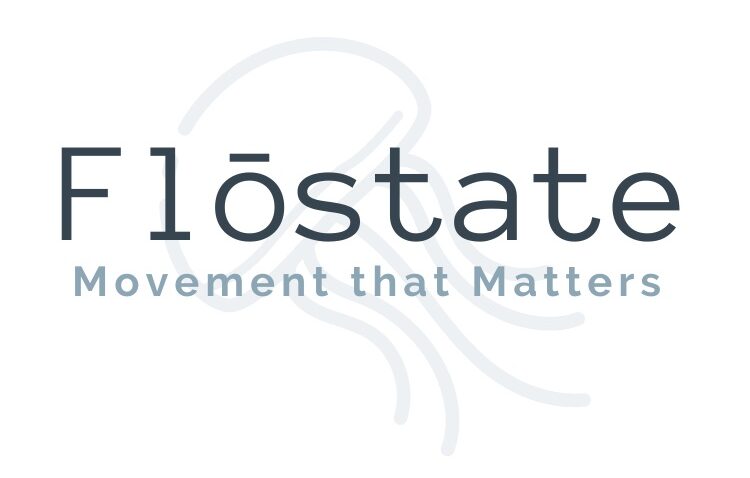Everyone knows that exercise is good for humans. But, did you know that exercise is one of the most effective ways to maintain brain health?
Why is improving brain health important?
- 5.8M people in the United States over the age of 65 have dementia. 80% are 75 or older. Two thirds of them are women (Alzheimer’s Association, 2020).
- By 2050, a projected 13.8M people aged 75 and older will have dementia. (Alzheimer’s Association, 2020)
Incorporating exercise into daily routines is a foundational strategy to maintain brain health and improve quality of life with higher levels of energy, strength and brain function. The best results happen when we combine cardiovascular, strength and mind-body exercise (cognitively challenging) exercise into our weekly routines. This is good news for Flostate members – we are already doing this! You just have to show up for class (or planfully use the on-demand library).
Here are some benefits to each form of exercise:
Why do Cardio?
According to the work of John Ratey, in Spark, increasing heart rate to 60-70% of maximum heart rate for even 10 minutes positively changes the brain. 35 minutes increases cognitive flexibility and executive function. This means faster thinking and better decisions!
Strength Training Perks:
Strength training builds not only muscles, but bones. A stronger and more active body means healthier mitochondria and faster metabolism. The boost in circulation and healthy cells enhances your brain health.
Yoga/Pilates and MindBody Fitness:
Practicing balance, connecting with one’s abilities, and challenging the mind and body to move in multiple patterns while learning new skills is critical to brain health. Increasing body awareness, strength, focus, and balance all lead to a great sense of confidence, increase neuroplasticity (flexibility and growth of the brain). It also reduces the incidence of falls and fear of falling.
Your weekly exercise recommendation:
Strength Train: 2 times per Week.
Join Alice’s live Dumbbell Essentials class or grab other strength training classes from our on-demand library.
Cardio: 2-5 Sessions per Week.
Need a jolt of higher level thinking? Do some cardio before your next important presentation. Even 8-15 minutes makes a difference. Challenge yourself to 25 minutes at least 2 days a week. Try our live Cardio Core with Arm Tone Blast or sample other cardiio classes from our ono-demand library.
Yoga/Mindbody: 2 Sessions per Week.
Try our signature Yoga Restore Flo or Balanced Body Method class live or on-demand. Any class that requires you to be breathing, and thinking carefully about your body movement while challenging your balance and concentration is key.
Questions? Reach out to Rachel at info@theflostate.com. See you in class!
